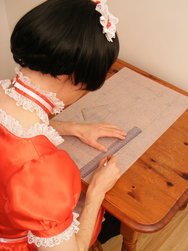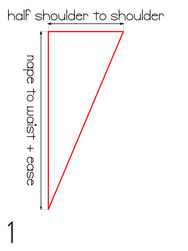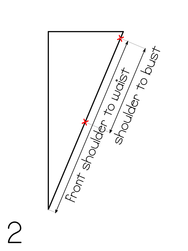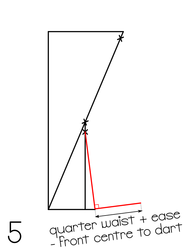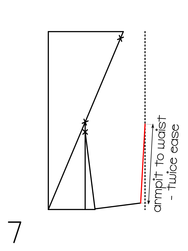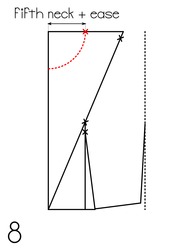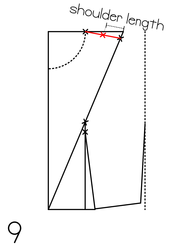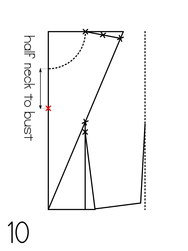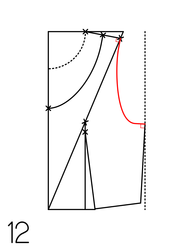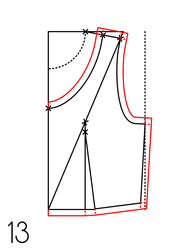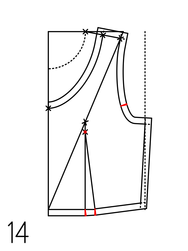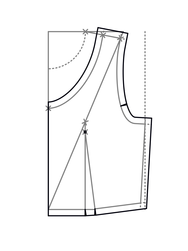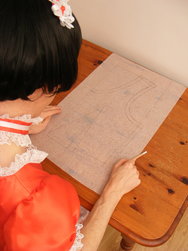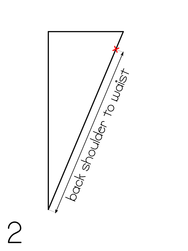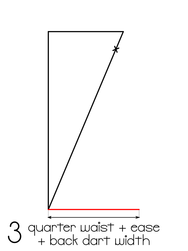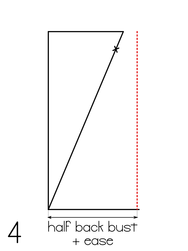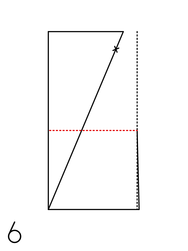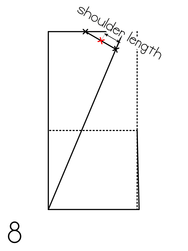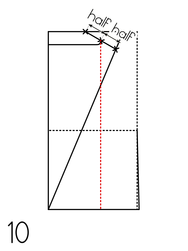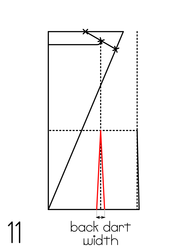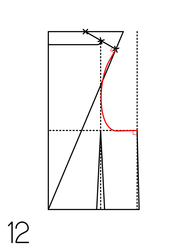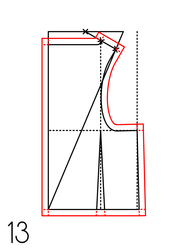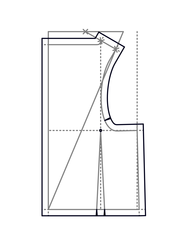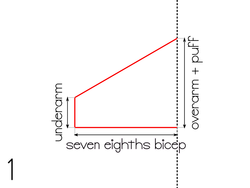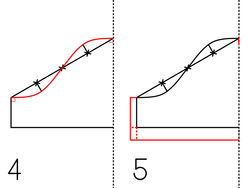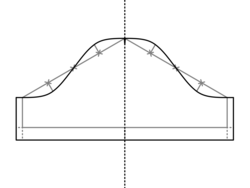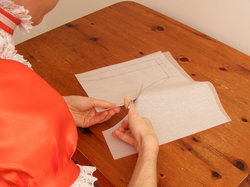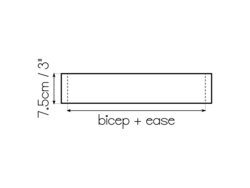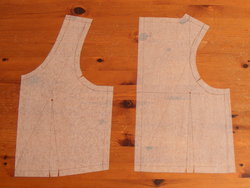sewing for sissy maids
Chapter 3: How to draft the pattern for your maid's dress
Drafting your maid's dress on paper
In the previous chapter, you took a series of measurements of your body. We're now going to turn these into a pattern - a template for the various parts of the dress and apron you're going to make. Although some of the pieces we require are simply rectangles of various sizes, others have a more sophisticated shape, so we'll be drawing them on paper before tracing them onto fabric.
You can use regular paper for this purpose, sticking together several sheets if you don't have any of a suitable size. Ideally, you'll want an A2 sheet for each of the bodice pieces we'll be drafting, but this can be easily made from four sheets of A4. Alternatively, a length of baking parchment works well - not only can it be cut from the roll, but it pins well to fabric too. To remove its tendency to curl, simply give it a quick iron as my husband demonstrates in Figure 3.1. He's wearing the first of several maid's dresses he made for this book, a bright red satin of the same design we're about to draft.


